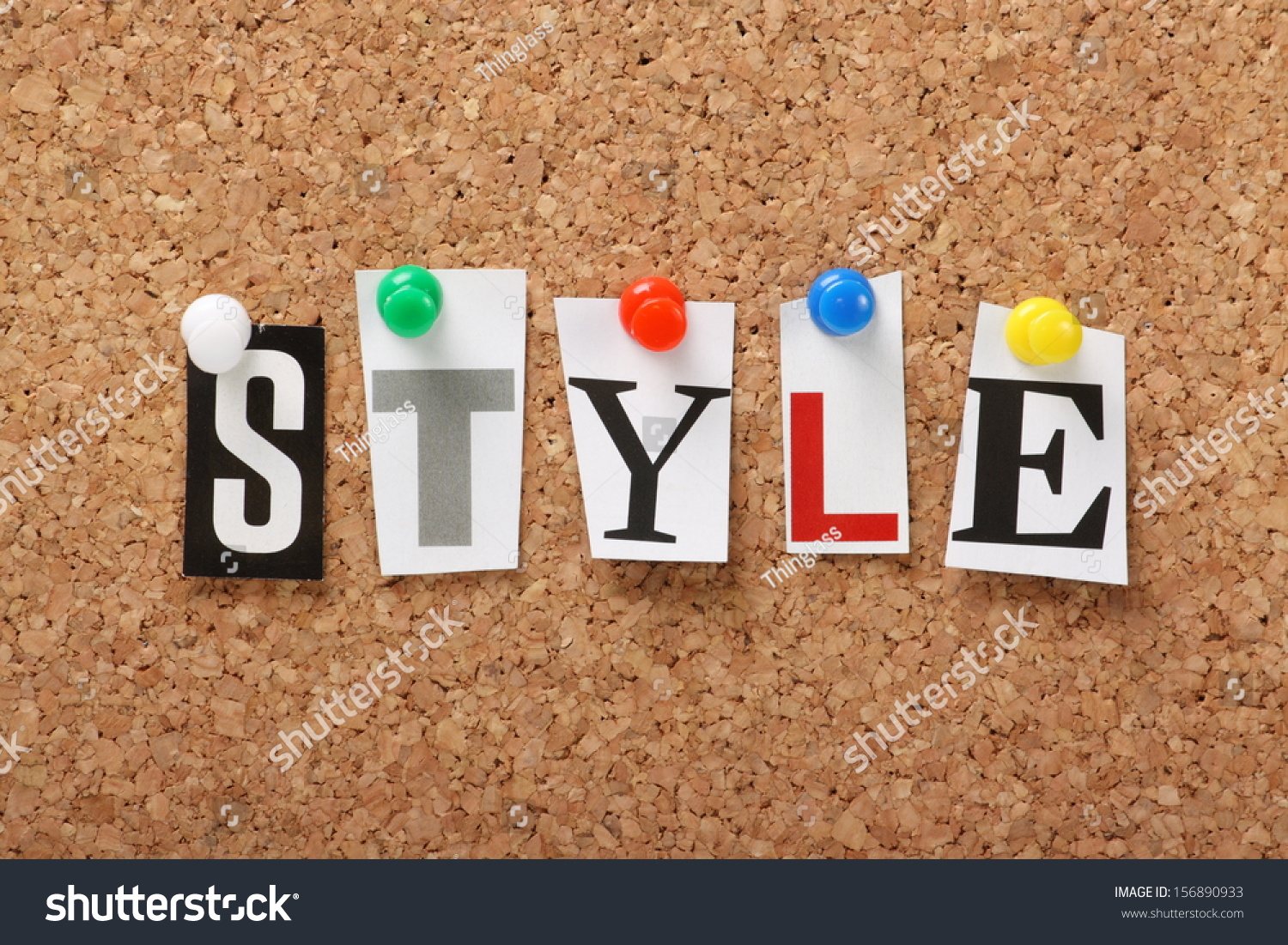AI-Generated Article
This content has been automatically generated using artificial intelligence technology. While we strive for accuracy, please verify important information independently.
Have you ever found yourself humming that instantly recognizable piano melody from Dr. Dre’s "Still D.R.E."? It's a sound that, you know, just sticks with you. This isn't just any piano part; it's a defining element of hip-hop history, a true classic. The way it moves, the notes it picks, all of it comes together in what many call the "style Dre piano." It's a particular manner, really, a technique that has captivated listeners for years and years.
When we talk about "style," it’s more than just a word. It means a way of doing something, like a special method for creating or performing. For music, this can involve various elements, like the design of a melody or the technique used to play an instrument. So, too, when we mention the "style Dre piano," we're looking at a distinctive manner of expression, a method of doing something that’s very much connected to creativity and art, especially in the world of hip-hop.
This article is going to take you on a little journey into what makes this piano style so special. We'll look at its history, break down the notes, and even touch on the ideas behind it. You'll find out how to play that famous riff yourself, and why it remains such a big deal even today in 2024. So, get ready to explore the magic of the "style Dre piano" and perhaps, you know, try your hand at it.
Table of Contents
- What is "Style Dre Piano"?
- The Iconic Still D.R.E. Riff: Its History and Impact
- Breaking Down the Notes: How to Play Still D.R.E. on Piano
- The Music Theory Behind the Magic
- Dr. Dre's Production Genius: More Than Just Notes
- Tips for Learning and Mastering the Style
- Why This Style Endures
- Frequently Asked Questions about Still D.R.E. Piano
What is "Style Dre Piano"?
When people talk about "style Dre piano," they're really pointing to a particular way something is done, created, or performed, especially in music. It's about a distinctive manner of expression, a method that often relates to creativity and art. Think of it as a form of appearance or design in sound. This can involve various elements, like the specific design of a melody or the technique used to play an instrument, so it's quite a broad idea.
The term, you know, often comes up when describing the special way artists, designers, and other creative folks practice their crafts. It’s not just about the notes themselves, but how those notes are put together, the feel they give, and the overall sound. For Dr. Dre, his "style" in piano composition is praised by fans, professional musicians, and even other producers around the globe, and that's really saying something.
It’s a way of doing something that is typical of a person or a group of people, in this case, Dr. Dre himself. The "style Dre piano" is very much about his unique musical fingerprint, how he puts together sounds that become, well, truly memorable. It's a kind of musical signature, if you will, that listeners can pick out and appreciate.
- Karen Katc Onlyfans
- Ro Daniels
- %D8%BA%D8%B2%D8%A7%D9%84 %D8%B1%D8%AC%D8%A8%DB%8C%D8%A7%D9%86
- Masiela Lusha Feet
- Finley Point Farms
The Iconic Still D.R.E. Riff: Its History and Impact
The opening piano riff of Dr. Dre’s 2001 classic "Still D.R.E.," which features Snoop Dogg, is honestly one of the most recognizable and important tracks in rap history. It became popular very quickly after it came out, and it's still played everywhere. This particular piece of music has a way of staying with you, a bit like a catchy tune you can't get out of your head.
The sample for this famous riff, by the way, actually comes from a 1971 song called “Tears.” Dr. Dre took that original idea and, you know, made it his own, transforming it into something new and fresh for a whole different generation. This kind of transformation is part of what makes his production so special.
Its instant popularity wasn't just a fluke; it was a blend of a great beat, Snoop Dogg's voice, and that unforgettable piano part. The way it starts the song just pulls you in, and it's become a symbol of a certain era of hip-hop. It's almost like a musical handshake that everyone recognizes, pretty much across the board.
Breaking Down the Notes: How to Play Still D.R.E. on Piano
Learning how to play "Still D.R.E." on the piano is something many people want to do. It’s an easy way to see how to play these notes, and you don’t need to spend hours trying to figure out sheet music. We're going to show you how to play "Still D.R.E." on piano with your right hand and left hand, along with a full guide to the notes.
Right Hand Notes
The main part, the very recognizable riff, is played with your right hand. It consists of a specific set of notes that repeat. These notes are E, G, B, D, E, G, E, and D. You play them in that order, and then the pattern just repeats itself. It’s a pretty straightforward sequence once you get the feel for it, so it's not too tricky to get started.
Practice playing these notes slowly at first, making sure each one sounds clear. Then, you can gradually speed up as you get more comfortable. The rhythm is also important, so try to listen to the original song to get the timing just right. It's all about getting that flow, you know, that really makes it sound authentic.
Left Hand Notes
While the right hand handles the main melody, the left hand provides the harmonic foundation, playing the chords that support the riff. The piano notes for "Still D.R.E." by Dr. Dre are typically built around a progression that works well with the right-hand melody. For the left hand, you'll generally be playing chords that match the arpeggiated notes, grounding the sound.
A common approach for the left hand involves playing octaves or simple bass notes that follow the root of the underlying harmony. For instance, as the right hand plays its E-G-B-D sequence, the left hand might play an E or an E octave. This creates a full, rich sound that really makes the melody pop. It's about providing that solid base, you know, for the tune to sit on.
You can find many tutorials online that show specific left-hand voicings. Some might suggest playing full chords, while others keep it simpler with single bass notes. The goal is to make the whole piece sound complete and full. It’s pretty much about finding what feels right for you and your skill level.
The Music Theory Behind the Magic
We all know the instantly recognizable arpeggiated chords from Dr. Dre’s iconic hip-hop classic "Still D.R.E." These aren't just random notes; there's a simple yet powerful musical idea behind them. An arpeggio is when you play the notes of a chord one after another, rather than all at once. This creates a flowing, almost, you know, rolling sound.
The riff itself is built on a minor chord shape, which gives it that somewhat dark, yet cool and laid-back feel. The way the notes move up and down within that arpeggiated pattern is what makes it so catchy. It’s a great example of how a simple musical idea, used well, can become something truly memorable and impactful.
This simplicity is actually a big part of its genius. You don't need overly complicated harmonies to create something that resonates with millions of people. Sometimes, less is more, and the "Still D.R.E." piano part is a perfect example of this. It’s a clear, direct statement, and that’s why it works so well.
Dr. Dre's Production Genius: More Than Just Notes
Dr. Dre’s piano music is unique in style, combining modern hip-hop melodies with, you know, traditional classical elements. His beats are legendary, and his production style is praised by fans, professional musicians, and even producers worldwide. It's not just about picking good notes; it's about how he puts everything together.
He has a way of making sounds fit together in a way that feels fresh and new, yet also familiar. This ability to blend different musical ideas is a hallmark of his work. The "Still D.R.E." piano part, for example, has a classical feel in its structure, but it’s placed in a very modern hip-hop context. This fusion is, you know, part of his brilliance.
His production goes beyond just the piano; it's about the drums, the bassline, the vocal samples, and how they all interact. The piano riff in "Still D.R.E." stands out because it's so well-integrated into the whole soundscape. It's a key piece of a much larger, very well-crafted musical puzzle.
Tips for Learning and Mastering the Style
If you want to learn how to play the notes of the song "Still D.R.E.," there are many resources available. Online piano tutorial applications, like OnlinePianist, offer animated lessons that can guide you step by step. These can be a really helpful way to see exactly where your fingers should go, which is pretty neat.
You don’t need to spend hours trying to figure out sheet music if that’s not your thing. Many easy and complete tutorials are out there that show you how to play this iconic rap song quickly. Just search for "Still D.R.E. piano tutorial" on platforms like YouTube, and you'll find plenty of options, so it's quite accessible.
Practice is key, of course. Start slowly, get the notes right, and then work on your timing and speed. Listening to the original song a lot will help you get the feel for the rhythm. You can also find free sheet music for "Still D.R.E." arranged for piano on sites that host sheet music from creators and composers. Learn more about piano techniques on our site, and check out this page for more hip-hop piano lessons.
Why This Style Endures
The "style Dre piano," particularly as heard in "Still D.R.E.," has a lasting quality. It's not just a passing craze or a fad; it's become a permanent part of music culture. This kind of enduring appeal often comes from a combination of simplicity, memorability, and a certain emotional resonance that people connect with. It’s very much a classic now.
The riff is instantly recognizable, and that alone gives it a lot of power. When you hear those opening notes, you know exactly what song it is, and that creates a strong connection for listeners. It’s a bit like a musical landmark, you know, something everyone points to.
Its ability to combine a simple, catchy melody with a strong, influential beat means it appeals to a wide range of people, from casual listeners to serious musicians. This blend of accessibility and depth is what makes it, you know, truly timeless. It’s a piece of music that continues to inspire and entertain, even years after its release.
Frequently Asked Questions about Still D.R.E. Piano
Here are some common questions people ask about the "Still D.R.E." piano part.
How do you play Still D.R.E. on piano?
To play "Still D.R.E." on piano, you typically start with the main arpeggiated riff in your right hand. The notes for this part are E, G, B, D, E, G, E, and D, played in that sequence. Your left hand will provide the bass notes or chords that support this melody, often simple root notes like E. There are many online tutorials that can show you the specific finger placements and timing, so you can learn it quite easily.
What are the notes for Still D.R.E. piano?
The core notes for the iconic "Still D.R.E." piano riff are E, G, B, D, E, G, E, and D. These notes are played in a specific rhythmic pattern that makes the melody so distinctive. This sequence repeats throughout the main piano section of the song. Knowing these notes is the first step to playing the tune yourself, and it's pretty straightforward to remember them.
What makes Dr. Dre's production style unique?
Dr. Dre’s production style is unique because he combines strong, memorable melodies, often with a classical feel, with modern hip-hop beats and basslines. He has a knack for creating simple yet powerful musical hooks that resonate widely. His ability to layer sounds and create a full, rich soundscape, while keeping the main elements clear and impactful, is a big part of his genius. He’s very good at making sounds fit together in a way that feels both fresh and familiar.
🖼️ Related Images



Quick AI Summary
This AI-generated article covers Unlocking The Style Dre Piano: How To Play The Iconic Still D.R.E. Riff with comprehensive insights and detailed analysis. The content is designed to provide valuable information while maintaining readability and engagement.
Mackenzie Daniel
✍️ Article Author
👨💻 Mackenzie Daniel is a passionate writer and content creator who specializes in creating engaging and informative articles. With expertise in various topics, they bring valuable insights and practical knowledge to every piece of content.
📬 Follow Mackenzie Daniel
Stay updated with the latest articles and insights